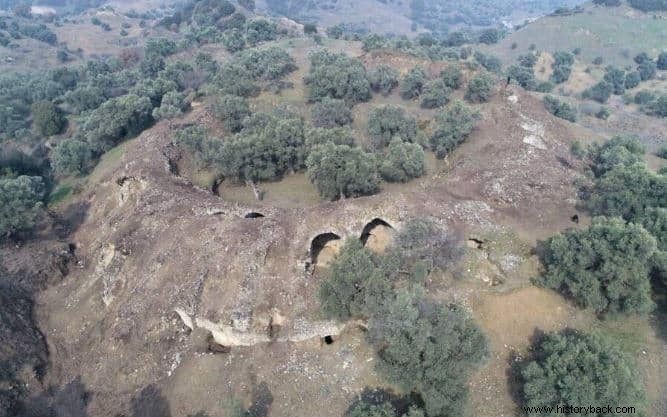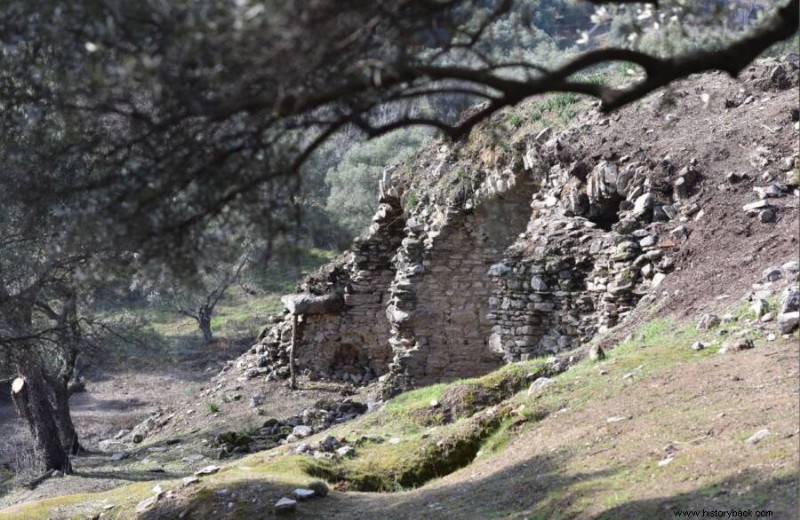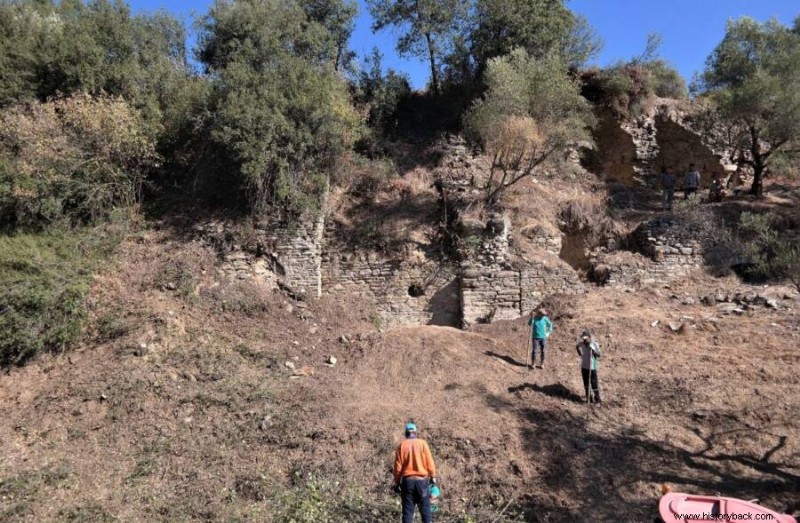Archaeologists have discovered a rare piece of history from the Roman era in the ancient city of Mastaura , in Turkey western:an almost perfectly preserved gladiator arena that could accommodate up to 20,000 spectators .
The amphitheater dates back to 200 AD. approximately, during the reign of the Severan dynasty, a period in which this region was rapidly expanding and increasing its wealth and status.
According to LiveScience , this arena was once the site of brutal gladiatorial encounters that saw men challenge wild animals in deadly combat. from the ground. Surprisingly, this is what kept him from ruining himself.
"The conservation has been maintained as it has been buried for years," said excavation leader Sedat Akkurnaz , archaeologist of the Adnan Menderes University , and Mehmet Umut Tuncer , head of the Directorate of Culture and Tourism of Aydın , the province where the arena was discovered.

"When European travelers came to visit Anatolia in the 18th century , also visited Mastaura and they shared information, ”Akkurnaz said. “When we looked at the notes of those travelers, we saw that they provided very interesting information about Mastaura ".
The Turkish Ministry of Culture and Tourism has authorized archaeologists to start work in August 2020 . They found the site hidden for nearly two millennia by shrubs and trees, almost as if it were a natural hill in the rolling landscape.
It was only after cleaning the place from October to December that they began to realize what they had found. Archaeologists soon dated the arena to the Severan dynasty, which embraced five emperors from 193 to 235 AD
As evidenced by the considerable masonry of the arena, it was clear that the Romans not only stimulated the economic development of Mastaura , but they built an arena where people flocked.
The researchers also noted many similarities with the Colosseum in Rome , which was built in 70 AD. and it was about twice the size of the Mastaura amphitheater . While there are other Roman gladiator arenas that have been discovered in Turkey , none are as well preserved as this one, which still retains its complete circular shape.

The indoor arena measures 131 feet by 98 feet, with an overall diameter of over 300 feet, and includes rows of seats, waiting rooms for gladiators and even private entertainment rooms.
"This may be the only arena preserved in its entirety here in Turkey “Said Tuncer .
But the Mastaura region it is a known seismic area and archaeologists estimate that about 80% of the city has been buried over time. Notably, the team also discovered a mill, a tomb and the remains of four cisterns in the area.

Akkurnaz explained that he and his colleagues are confident that there are still several settlements to be found and that Mastaura was the epicenter of the surrounding rural villages. The arena, meanwhile, has remained intact.
"It is solid, as if it had just been built," said Akkurnaz and Tuncer , including "some rows of seats, the arena where gladiators fought and the supporting walls outside the building".
Archaeologists hope to repair the cracks in the building's walls to carry out further excavations and plan the laser scan of the entire structure to create a 3D image of the arena in order to "understand what the underground parts of the building are like. "
